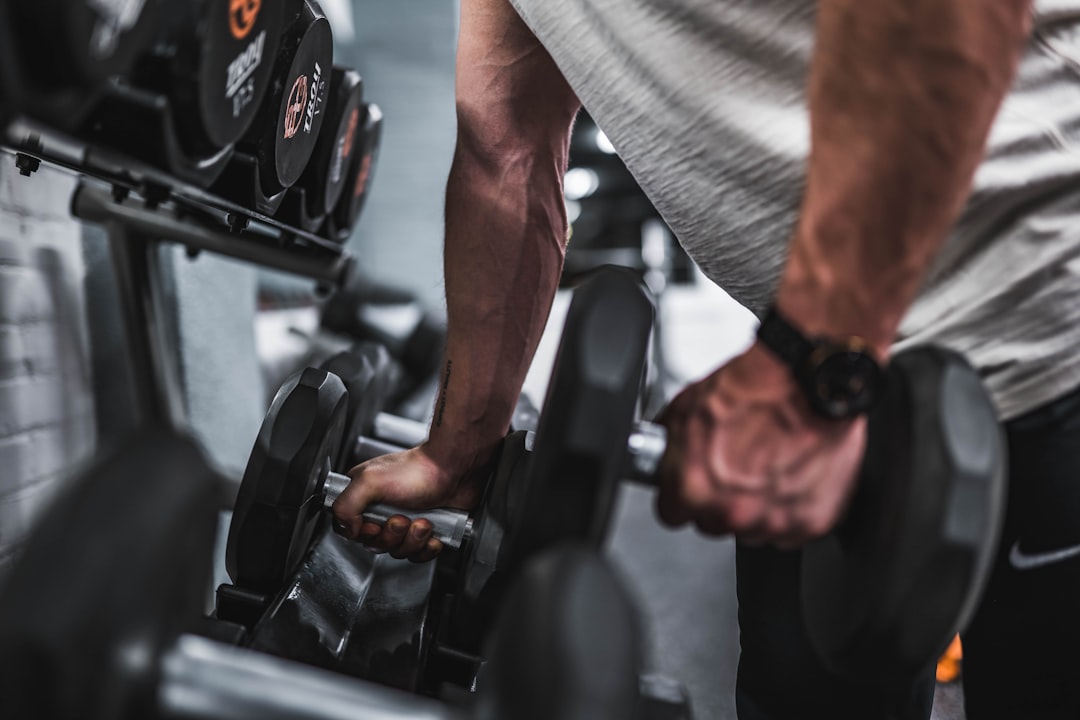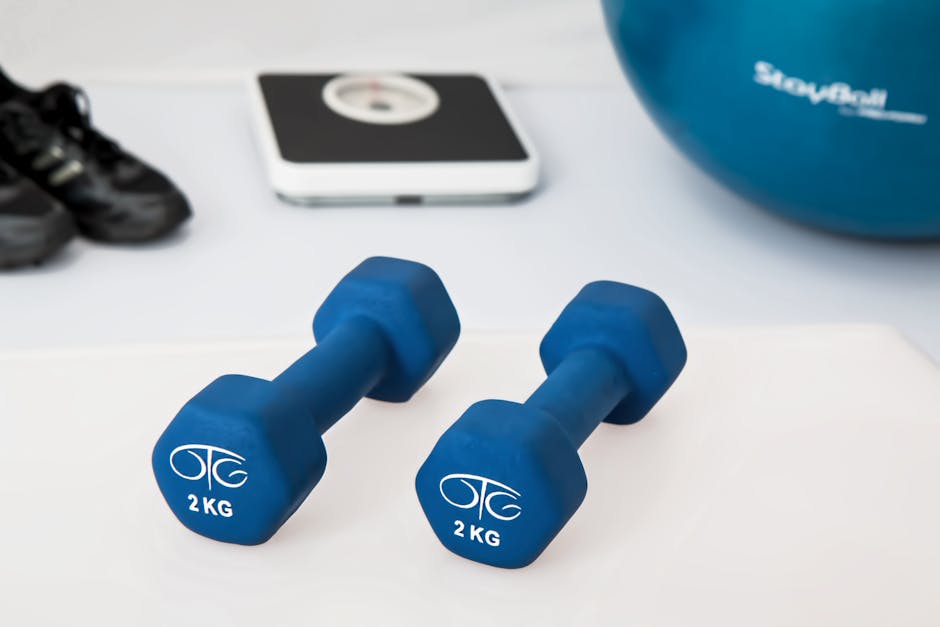“`html
Fitness Exercise Tips: Everything You Need to Know Guide
Embarking on a fitness journey can feel overwhelming. With countless articles, conflicting advice, and endless workout trends, it’s easy to get lost before you even begin. But what if you could cut through the noise and get straight to the core of what truly matters? This comprehensive guide on Fitness Exercise Tips: Everything You Need to Know is designed to do just that.


Whether you’re a complete beginner taking your first steps towards a healthier lifestyle or looking to refine your existing routine, this article will equip you with practical, easy-to-understand advice. We’ll cover the ‘why,’ the ‘what,’ and the ‘how’ of effective exercise, ensuring you have the knowledge and confidence to build a sustainable and enjoyable fitness regimen.
Why Fitness Matters: More Than Just Aesthetics
Before diving into the ‘how-to,’ it’s crucial to understand the profound impact regular physical activity has on your overall well-being. It’s not just about looking good; it’s about feeling good, living longer, and enjoying a higher quality of life. The CDC’s physical activity guidelines and World Health Organization (WHO) recommendations consistently highlight the extensive benefits of an active lifestyle.
The Physical Benefits
- Improved Cardiovascular Health: Regular exercise strengthens your heart and lungs, making them more efficient at pumping blood and oxygen. This significantly reduces the risk of heart disease, stroke, and high blood pressure, leading to a healthier circulatory system.
- Weight Management: Physical activity burns calories, helps maintain a healthy weight, and can prevent obesity-related health issues like type 2 diabetes. Combined with a balanced diet, exercise is a cornerstone of sustainable weight control.
- Stronger Bones and Muscles: Weight-bearing exercises and strength training build bone density, reducing the risk of osteoporosis and fractures as you age. Simultaneously, building muscle mass improves overall strength, stability, and helps maintain a healthy metabolism.
- Increased Energy Levels: Counterintuitively, regular exercise boosts your energy by improving cardiovascular efficiency and delivering more oxygen and nutrients to your tissues. This helps you feel less fatigued and more vibrant throughout the day.
- Better Sleep Quality: Consistent physical activity can help you fall asleep faster, sleep more deeply, and wake up feeling more refreshed. Just be mindful of intense workouts too close to bedtime.
- Enhanced Immune System: Moderate, regular exercise can strengthen your immune system, making your body more resilient against common illnesses like colds and flu.
The Mental and Emotional Boost
- Stress Reduction: Exercise is a powerful stress reliever. Physical activity helps to clear your mind, release pent-up tension, and can act as a meditative escape from daily worries.
- Mood Improvement: Physical activity releases endorphins, natural mood elevators that can significantly combat feelings of anxiety and depression. It’s often referred to as a natural antidepressant.
- Improved Cognitive Function: Studies, including research highlighted by Harvard Health Publishing, consistently show that exercise can boost brain health, improving memory, focus, and overall cognitive performance across all age groups.
- Increased Self-Esteem: Achieving fitness goals, no matter how small, and witnessing your body’s capabilities can significantly boost your confidence, self-worth, and body image.
- Enhanced Social Connection: Participating in group classes, team sports, or exercising with a friend can foster social bonds and provide a supportive community.
The Pillars of a Well-Rounded Fitness Routine
A truly effective fitness regimen isn’t just about one type of exercise. It incorporates various components that work together to improve your overall physical capacity. Think of it as a balanced diet for your body, ensuring all systems are adequately nourished and strengthened.
Cardiovascular (Aerobic) Exercise
Often called “cardio,” these activities get your heart rate up and improve your endurance. They are essential for heart health, calorie burning, and improving your body’s ability to use oxygen efficiently.
- Examples: Running, swimming, cycling, brisk walking, dancing, jumping rope, elliptical training, rowing, hiking.
- Benefits: Strengthens heart and lungs, improves circulation, aids in weight loss, boosts mood, increases stamina.
- Recommendation: Aim for at least 150 minutes of moderate-intensity aerobic activity or 75 minutes of vigorous-intensity activity per week, or a combination of both. Moderate intensity means you can talk but not sing; vigorous means you can only say a few words at a time.
Strength Training (Resistance Training)
This involves working your muscles against resistance to build strength, power, and muscle mass. It’s vital for metabolism, bone health, functional strength, and can help prevent injuries.
- Examples: Lifting free weights (dumbbells, barbells), using resistance bands, bodyweight exercises (push-ups, squats, lunges, planks), using weight machines.
- Benefits: Builds muscle and bone density, boosts metabolism (muscle burns more calories at rest), improves posture, enhances daily functional strength, and can improve athletic performance. You can explore the benefits of strength training further in our dedicated guide.
- Recommendation: Incorporate strength training for all major muscle groups at least two to three times per week, with at least one day of rest between sessions for the same muscle group.
Flexibility and Mobility
These exercises improve your range of motion around joints, prevent injuries, reduce muscle stiffness, and can alleviate aches and pains.
- Examples: Static stretching (holding a stretch for 20-30 seconds), dynamic stretching (controlled movements that take your joints through their full range of motion), yoga, Pilates, foam rolling.
- Benefits: Increases range of motion, reduces muscle soreness and stiffness, improves posture, decreases injury risk, enhances body awareness.
- Recommendation: Integrate flexibility exercises into your routine 2-3 times per week, ideally after your muscles are warmed up. Dynamic stretches are excellent for warm-ups, while static stretches are best for cool-downs.
Balance and Stability
Often overlooked, balance exercises are crucial for coordination, preventing falls (especially as you age), and supporting other physical activities by stabilizing your core and supporting muscles.
- Examples: Yoga, Tai Chi, standing on one leg (with eyes open, then closed), walking heel-to-toe, using a balance board or BOSU ball.
- Benefits: Improves coordination, strengthens core muscles, reduces fall risk, enhances proprioception (your body’s awareness in space), and supports better posture.
- Recommendation: Incorporate balance exercises into your routine 2-3 times per week, even for just 5-10 minutes.
Setting SMART Fitness Goals
Before you even step foot in a gym or go for a run, define what you want to achieve. Vague goals like “get fit” often lead to a lack of direction and motivation. Instead, adopt the setting SMART goals framework:
- Specific: What exactly do you want to achieve? (e.g., “Run a 5K race,” not “Run more.”)
- Measurable: How will you track your progress? (e.g., “Run a 5K in under 30 minutes,” not “Run faster.”)
- Achievable: Is the goal realistic given your current fitness level and resources? (e.g., “Lose 5 pounds in a month,” not “Lose 50 pounds in a week.”)
- Relevant: Does this goal align with your overall health and lifestyle aspirations? Is it important to you?
- Time-bound: When do you want to achieve this goal? Set a deadline. (e.g., “Run a 5K race in under 30 minutes by October 31st.”)
Breaking down larger goals into smaller, manageable milestones can also keep you motivated as you celebrate each achievement along the way.
Designing Your Workout Routine: Structure for Success
Once you know your goals, it’s time to build a routine. A well-structured workout plan maximizes efficiency and minimizes injury risk.
The Essential Components of Every Workout
- Warm-up (5-10 minutes): Prepare your body for activity. This increases blood flow to your muscles, raises your core body temperature, and improves joint mobility.
- Examples: Light cardio (jogging in place, arm circles), dynamic stretches (leg swings, torso twists). The Mayo Clinic emphasizes the importance of a proper warm-up.
- Main Workout (30-60 minutes): This is where you focus on your primary fitness goals, whether it’s cardio, strength, or a combination.
- Progression: To continue seeing results, you must gradually increase the demand on your body. This is called progressive overload. For strength training, this might mean lifting heavier weights, doing more reps, or adding more sets. For cardio, it could be running longer distances or increasing speed.
- Cool-down (5-10 minutes): Gradually bring your heart rate down and stretch your muscles. This helps improve flexibility and reduce post-exercise soreness.
- Examples: Light cardio, static stretches (holding each stretch for 20-30 seconds).
Consistency Over Intensity (Especially for Beginners)
It’s better to do shorter, consistent workouts than infrequent, overly
